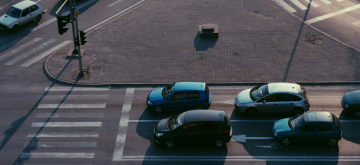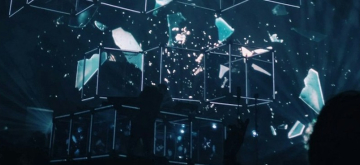Challenge
With the PIO project Alternative Use of Imaging Systems through Artificial Intelligence (ALTRUIS), Digipolis wanted to help tackle the mobility problems in and around the city of Antwerp by the alternative use of camera images and the deployment of Artificial Intelligence (AI).
The city of Antwerp faces one of the heaviest traffic congestion in Europe on a daily basis. To remedy this, the city's main mobility axes are being thoroughly reorganised. The associated works (also known as 'the construction site of the century') put even more pressure on mobility and liveability in and around the city. A disruptive approach is therefore required to meet these challenges.
Digipolis wants to contribute to this by initially applying innovative techniques such as AI in the Smart Zone. This is the demarcated central area of the city of Antwerp that has been designated as an experimentation zone for Internet of Things (IoT) and is being equipped with a lot of equipment such as sensors and cameras for this purpose.
In the context of ALTRUIS, Digipolis wanted to use the imagery from the cameras, which were installed for police purposes, 'alternatively' and also outside the police domain with a view to sustainable mobility solutions.
To this end, Digipolis envisaged with ALTRUIS the development of a disruptive image recognition system that, using AI (Deep Learning Neural Networks), could interpret street images in such a way that traffic could be mapped in various ways: counts, classification of mobility vectors (cars, buses, trams, [motor] bikes, pedestrians, etc. ), speed, sense and direction of each road user, detection of the travelled trajectory of mobility vectors and of anomalies (congestion, conflict situations, traffic accidents, etc.), etc.
This extensive mobility knowledge had to enable a smart(er) reorganisation of mobility (in the first place) in this zone, and this both via immediate feedback to the city, its residents and visitors (dashboards, smart signalling, apps, etc.) and via more structural interventions (adapting the traffic infrastructure to new insights, modifying [local] traffic rules, controlling smart traffic lights, promoting or discouraging well-defined mobility vectors, sustainable organisation of [local] transport and deliveries, etc.).
In short, ALTRUIS had to reduce the street imagery, which has little value on its own, to mobility context and insights through interpretation with a view to smart mobility solutions in the city of Antwerp (primarily the Smart Zone).



